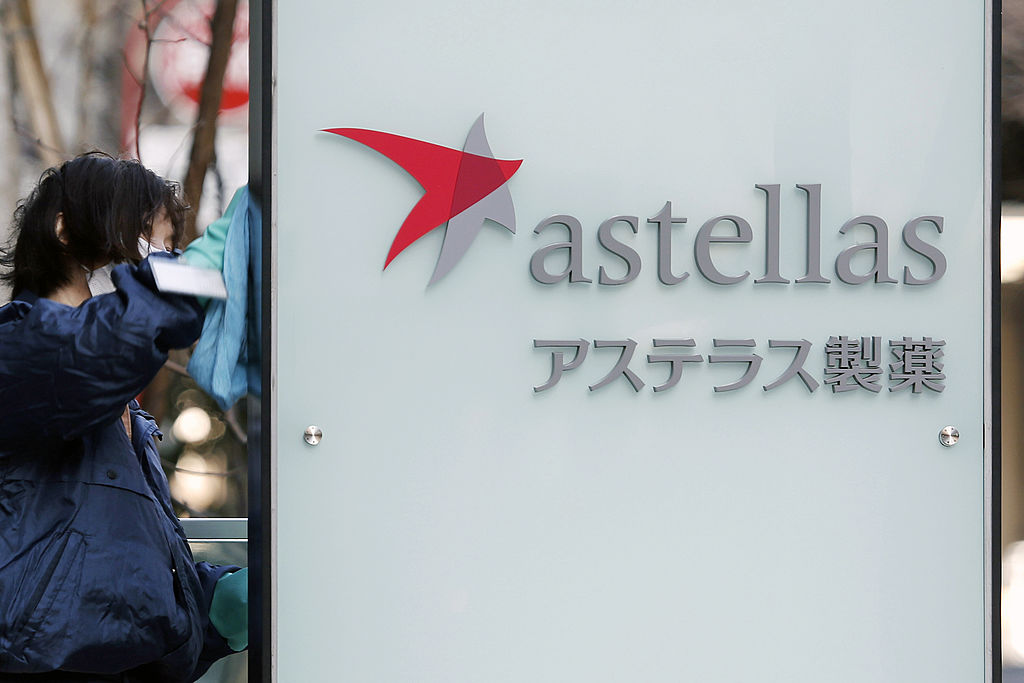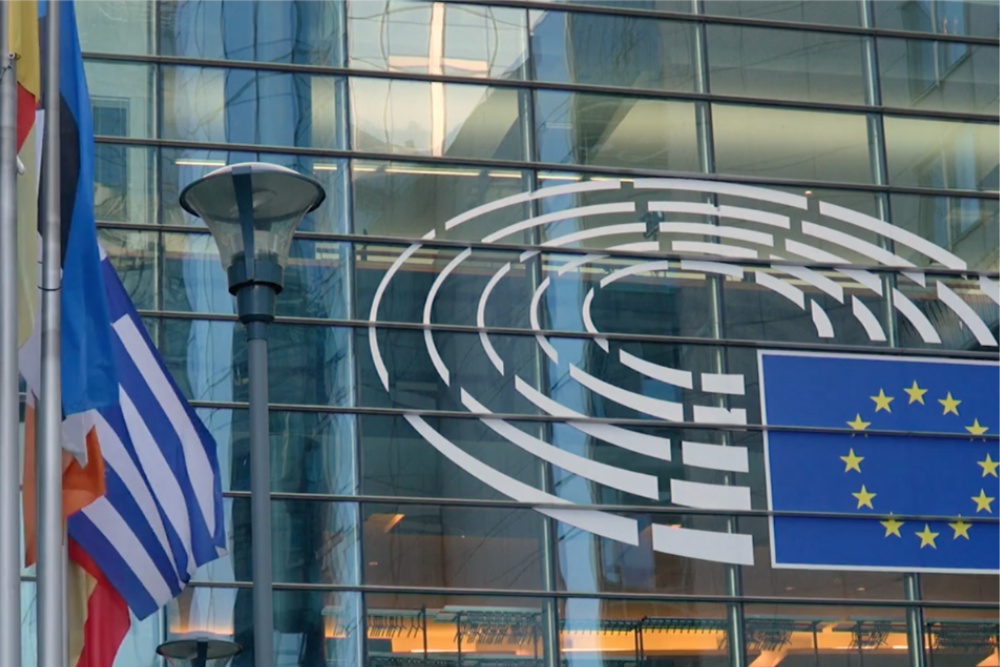For patients with serious illnesses, timeline access to efficacious medications is paramount. The European Medicines Agency (EMA) was created in part to help expedite drug approvals and insure these products are save and effective. As stated in a paper by Grünwald and Stargardt (2024):
The EMA [European Medicines Agency] was founded in 1995 primarily to harmonize the marketing authorization of pharmaceuticals in the EU and EEA…as there had been substantial differences among European countries in terms of launch delay and the availability of pharmaceuticals
The EMA had 3 key community procedures that grant access to the markets of some or all EU member countries simultaneously.
Centralized procedure (CP). If the EMA evaluates a pharmaceutical and grants it marketing authorization, this determination is binding all all European Union member states. CP was introduced in 1995 and was originally used only for “biotechnological processes, such as monoclonal antibodies, controlled gene expression or recombinant DNA technology”. The list of treamtents evaluated under CP has expanded to includeorphan drugs and substances against cancer, diabetes, and HIV/AIDS (in 2005), viral diseases and auto-immune diseases/dysfunctions (in 2008), and advanced therapy medicinal products (e.g., cell and gene-therapy) also in 2008. Mutual recognition procedure (MRP). In this case, the assessment is performed by a reference member state, which the applicant can choose freely and whose decision is subsequently adopted by all other member states in which the applicant seeks market access. This procedure was adopted in 2001, and includes new treatments that are outside of the CP such as other pharmaceuticals and generics. Decentralized procedure (DCP). Adopted in 2005, this would allow pharmaceutical manufacturers to seek country by country approval. This is only eligible for new substances not governed by CP or MRP.
To examine the impact of these procedures, Grünwald and Stargardt (2024) conduct a differences-in-differences analysis comparing countries subject to these community procedures against those who were not. Specifically, with EU enlargement, in 2004 the Czech Republic, Estonia, Hungary, Latvia, Lithuania, Poland, Slovakia and Slovenia (Cyprus and Malta also joined the EU on this date but the authors did not have data from these countries). In 2007, Bulgaria and Romania joined the EU and then Croatia joined in 2013. In contrast, Belarus, Bosnia and Herzegovina, Kazakhstan, Russia, Serbia, Switzerland , and Turkey never joined the EU. Using IQVIA sales data from 33 European countries, the authors examined (i) the launch delay and (ii) the availability of new active substances. The authors find that,
…countries experienced a mean decrease in launch delay of 10.9 months (p = 0.004) after joining the EU. Effects were higher among pharmaceuticals that belong to indications that might voluntarily participate in the CP but are not obliged to. These are often financially less attractive to manufacturers than pharmaceuticals within the compulsory scope. Availability of new pharmaceuticals launched remained unaffected. We found signs that the magnitude of the country-specific effect of centralized marketing authorization on launch delay may be influenced by strategic decisions of manufacturers at the national level (e.g., parallel trade or reference pricing).
For more details, you can read the full article here.











